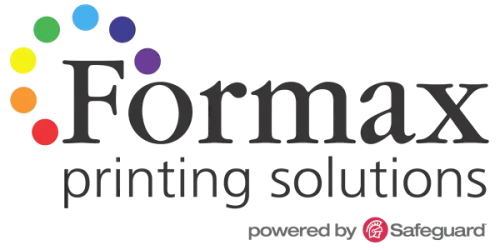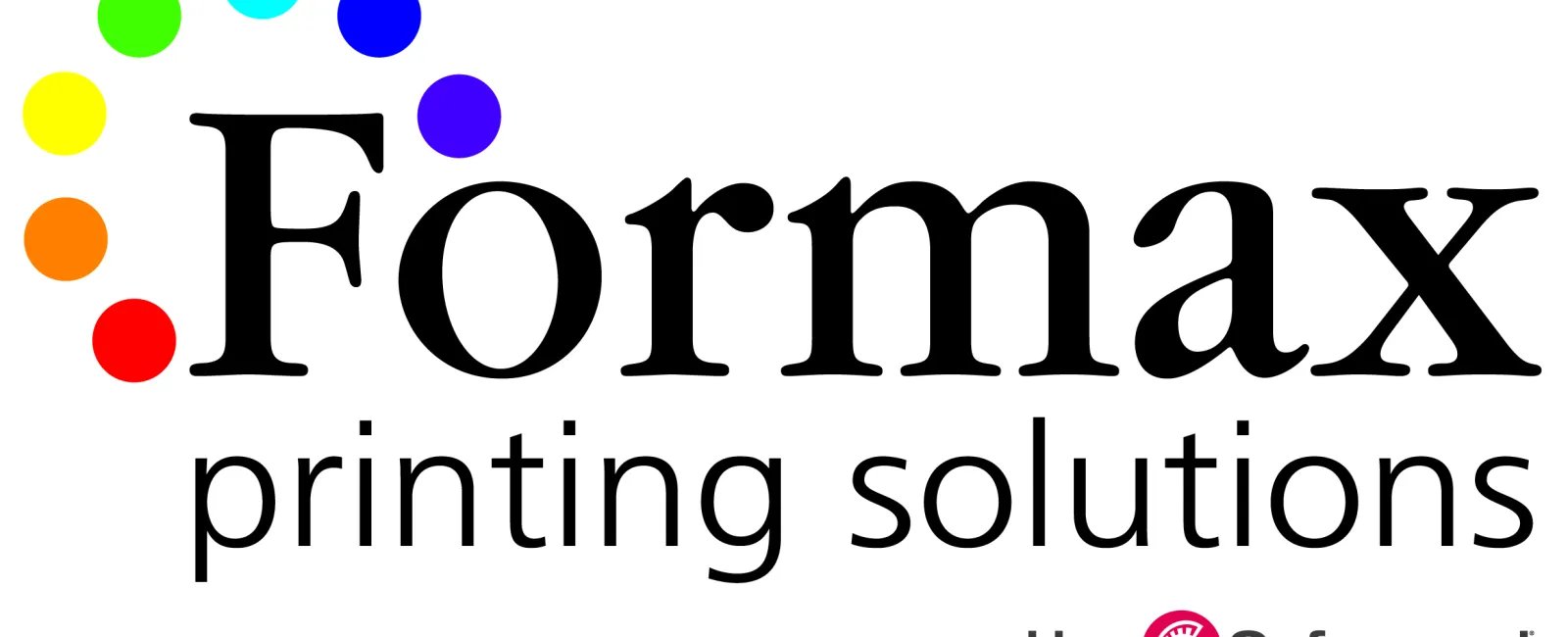
Creating a print-ready layout requires strong attention to detail as well as a working knowledge of the printing process.
We understand that nobody sets out to submit a problematic file. However, both beginners and seasoned designers can unintentionally make mistakes.
Regrettably, even minor errors can lead to project delays and unnecessary expenses.
With our extensive experience of over 30 years in the print industry, we would like to highlight some of the common mistakes we come across with submitted files. Our aim is to provide you with valuable information that will help you steer clear of these recurring issues and enable you to create flawless artwork.
1) Missing or Improperly Placed Crop Marks: Crop Marks are sets of short, thin lines placed in all four corners of an artwork layout to indicate where the paper should be trimmed after printing. When your printer receives the artwork, it is commonly printed onto paper that is larger than the final size desired. Then, using the crop marks as a guide, the paper is trimmed down to its final size. Properly-placed crop marks are very important because they ensure the finished document is trimmed to the correct dimensions.
2) Improper set-up for Bleeds: A Bleed simply means that the ink coverage goes all the way to the edge of the paper-there is to be no unprinted area left at the edge. If any part of your artwork extends all the way to the edge, you will need to set up the file to accommodate the bleed. This is done by extending the design at least 1/8- beyond the crop marks. These extended bleed areas will be cut off when your document is trimmed along the crop marks to its final size.
3) Document sized improperly: Submitting an artwork file that is 8.5" x 11" and wanting it printed as 6" x 9" or 10" x 14" will cause unnecessary headaches. In most cases, the file will need to be completely reworked to the different size, which can add a great deal of time and cost to the project. To avoid delays and extra charges, always create your artwork file to match the size of the finished piece.
4) Colors set to RGB instead of CMYK: The colors you see on your computer monitor are RGB colors, as are the colors produced by scanners, digital cameras and some desktop printers. RGB colors are a mixture of Red, Green, and Blue. However, commercial printers create colored documents using the CMYK 4-Color Process method (layers of Cyan, Magenta, Yellow, and Black). So, when designing a piece for CMYK printing, be sure to set up your file in the CMYK color mode. Otherwise, files submitted as RGB will need to be converted to CMYK prior to printing, which will likely yield colors you weren't expecting.
5) Poor Image Resolution: For printed documents, images must be at least 300 dpi for proper clarity. Do not arbitrarily use images from the web because they are generally low resolution. Web images may appear sharp on your computer screen, but most will appear jagged and blurry when printed.
6) Inadequate Contrast between Text and Background: Make sure your text has good contrast against its background. Also, avoid the use of small or thin text-especially if it is white text against a colored background.
7) Not allowing ample Margins: It is important not to skimp on the size of the margins. Even though extremely narrow margins will allow you to fit more content on a page, the layout will not be attractive. Also, many printed pieces are trimmed during production, so it is imperative to keep important information well inside the trim lines. Otherwise, part of this information could get trimmed off, or end up so close to the trimmed edge that it disrupts the aesthetics of the document.
8) Spelling and Grammar Issues: Make sure to thoroughly examine your file for spelling and grammar errors before forwarding it to your printer. In addition to yourself, it helps to have several other people proofread the document to confirm it is print ready. Don't risk having to reprint something because it wasn't carefully reviewed beforehand.
If you're creating a document for print and have questions, give Formax a call at 866-367-6221. Or, if you already know your specs and would like a quote, submit our easy quote request form. As always, we look forward to assisting with your printing needs!
Take care! Rick




